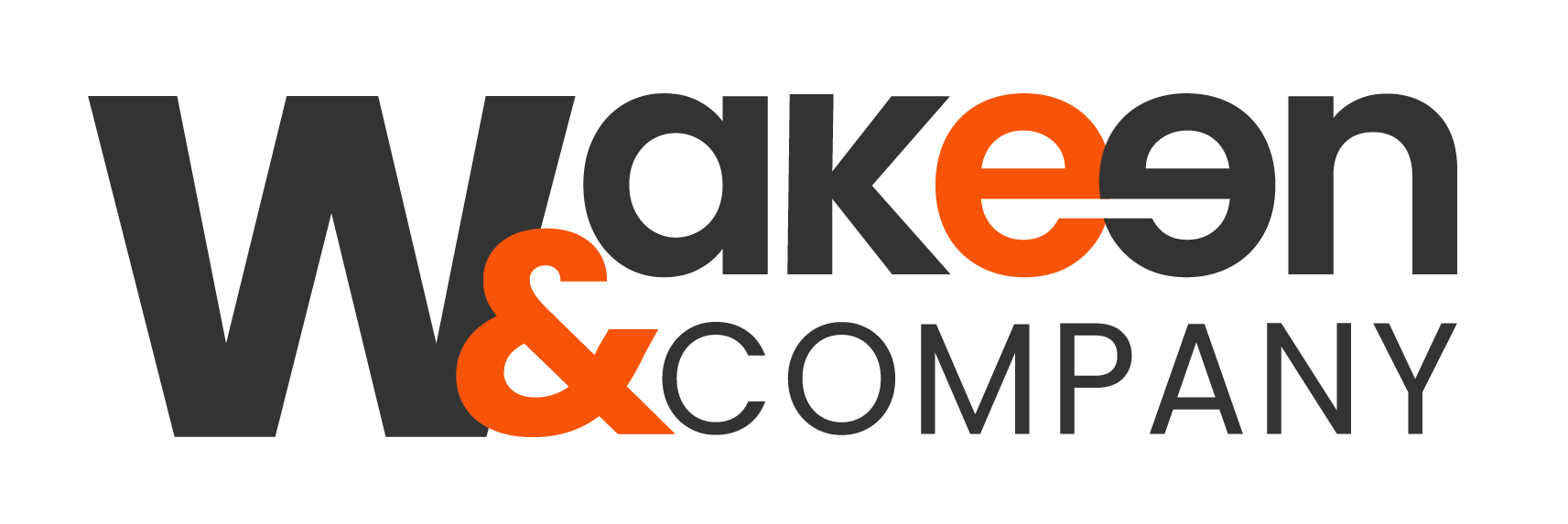In today’s crowded world of media consumption, positioning yourself or your brand as a thought leader is no longer a luxury; it’s a necessity. Thought leadership provides authority, builds trust, and can significantly elevate your brand’s visibility. However, it’s important to approach this with authenticity to truly connect with your audience. The days of merely pushing out content without a clear strategy are long gone. Instead, building your reputation as a subject matter expert requires intentional communications, distinctive audience segmentation, and authentic engagement.
Here’s how to establish yourself as a relatable thought leader in your industry and among the communities that matter.
1. Understand Your Unique Value Proposition
Before stepping into the spotlight as an authority, you must first truly understand who you are and what you and/or your organization has to offer to the world (or at least your target market). What sets you apart from others in your field? What insights or experiences can you share that others can’t? Identify what makes your perspective distinct and valuable to others.
Your unique value proposition is the foundation of all thought leadership content. Whether you’re speaking at an event, writing a blog post, or posting on social media, your message needs to be consistent and rooted in what only you can offer.
Hint: Sometimes this is simply a keen perspective on a topic that many others are also talking about.
2. Craft and Execute a Strategic Content Plan
Once you’ve identified your unique insights, it’s time to start sharing them. There must be a clear and purposeful content pathway if you want others to follow you. This is where intentional communication strategies come into play. Your content should reflect your voice, your expertise, and your values. But more importantly, it should serve your audience, not just your brand. Ask yourself – “What do I want my audience to feel/learn/be challenged by from this content?”
Here are some objective filters to evaluate your content:
- Addresses pain points: Your target audience is looking for solutions, advice, or inspiration. Focus on creating content that answers their questions, solves their problems, or sparks meaningful conversations.
- Reflects your expertise: Share your professional experiences, lessons learned, and observations of the industry. This not only positions you as a subject matter expert but also helps build credibility and trust.
- Uses the right channels: Different audiences engage on different platforms. Be sure to tailor your content to the appropriate medium—whether that’s a blog, podcast, LinkedIn article, or Instagram post—while staying true to your brand persona or personal voice.
3. Leverage Data-Backed Audience Segmentation
One of the most powerful weapons in your marketing toolkit is the ability to segment your audience effectively. No matter how interesting or well-crafted your content is, it won’t be successful unless it reaches the right people. Using data-backed audience segmentation ensures your content lands with those who will find it most valuable.
Analyze your audience’s behavior and preferences across various touchpoints, including website visits, social media interactions, email campaigns, etc. With these metrics, you customize messaging to resonate more deeply with each segment. A one-size-fits-all approach is ineffective when trying to establish your position as an influencer.
Hint: A solid marketing campaign feels like you are delivering your message directly to one individual.
4. Engage in Meaningful Conversations and Build Relationships
True thought leadership isn’t about broadcasting your knowledge to the masses or having a one-sided conversation, but instead is about creating genuine opportunities to connect. Engage actively with your community by answering questions, participating in discussions, and listening to feedback.
Collaborating with others in your industry, whether it’s through joint webinars, guest posts, or networking events, is a great way to foster relationships while also showcasing your expertise. These partnerships demonstrate that you’re not just out for personal gain, but you care about advancing the industry as a whole.
5. Build Trust by Being Transparent and Consistent
Authenticity and trust go hand in hand. Think about the people that you may follow for inspiration or development. Some of the most well-respected people in this space are transparent about their journey, their successes, and even their failures. Brands can do this by sharing behind-the-scenes stories, lessons learned along the way, and the challenges you’ve faced. This kind of transparency humanizes your brand and makes you more relatable to your audience. Bonus points if you can find humor in the mishaps or spotlight joy in the wins.
Consistency is equally crucial. Building a following doesn’t happen overnight; it is something you need to commit to and be patient with. The more you engage with your community, share your expertise, and show up regularly, the more likely you are to be viewed as a genuine leader in your field.
Final Thoughts
Becoming a thought leader is a process that requires careful planning, strategic execution, and, most importantly, letting people see the real you. By staying true to your values, bringing meaningful content, creating pathways for your community to interact, and showing up consistently, you can build a strong reputation as a leader in your industry.



